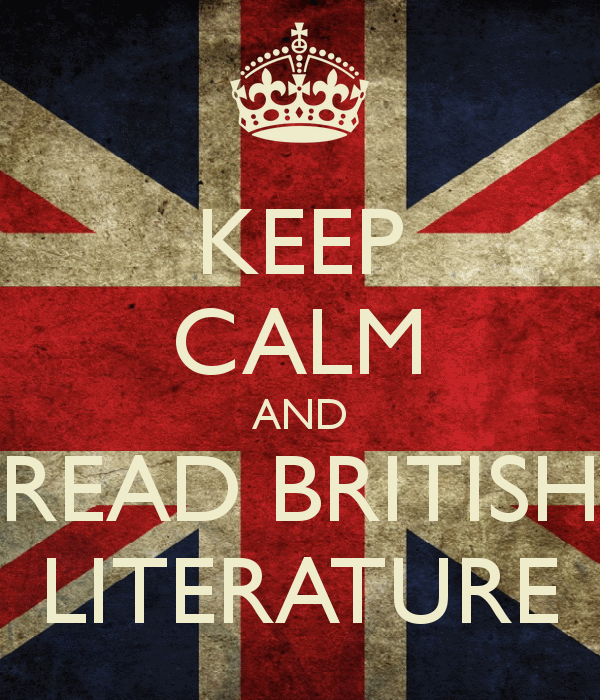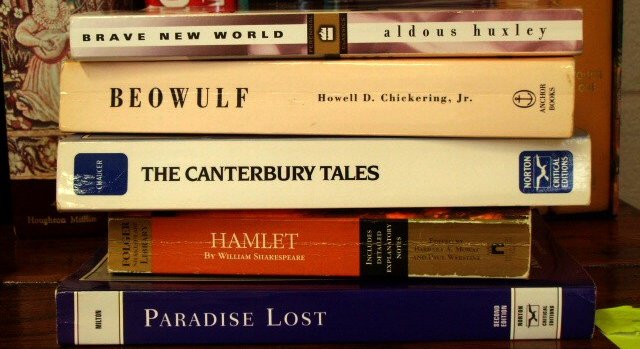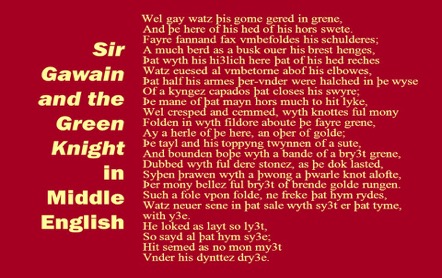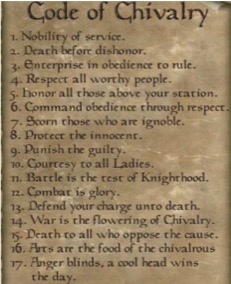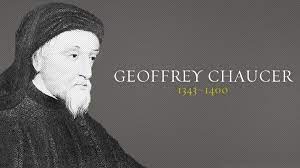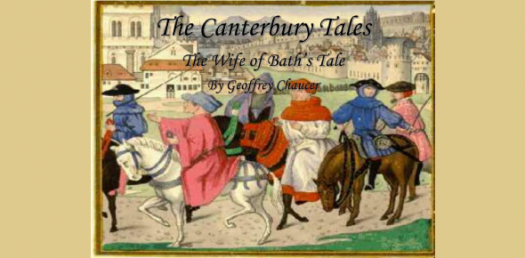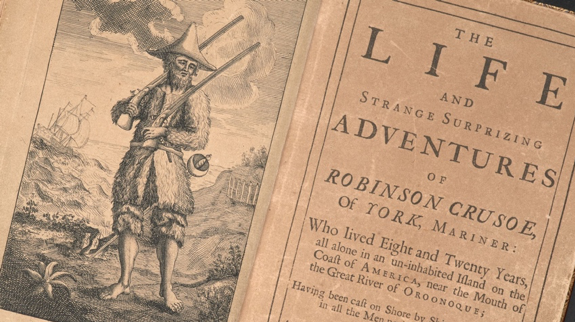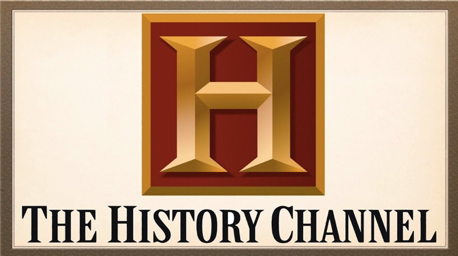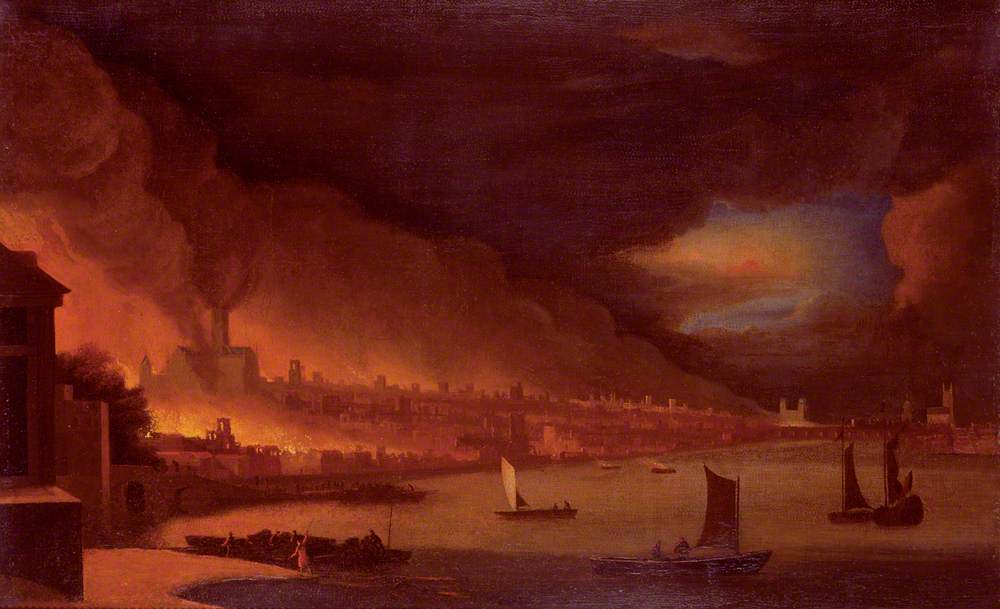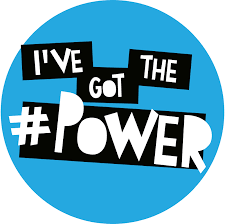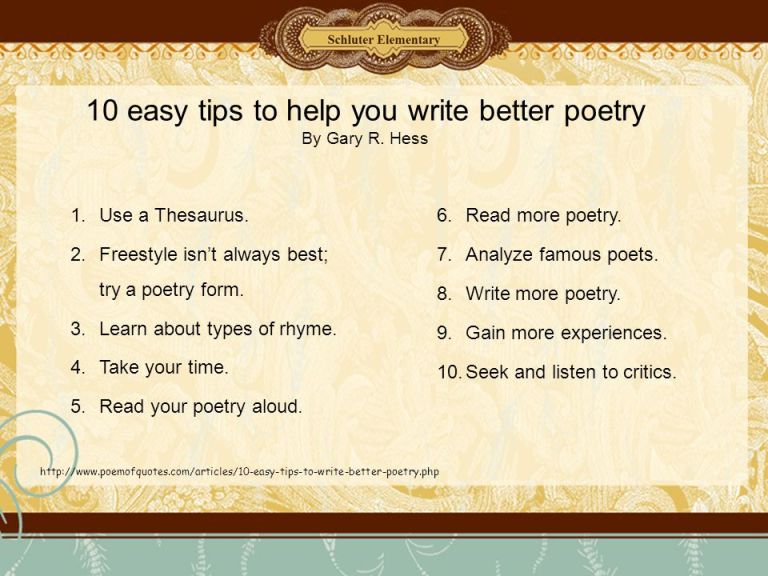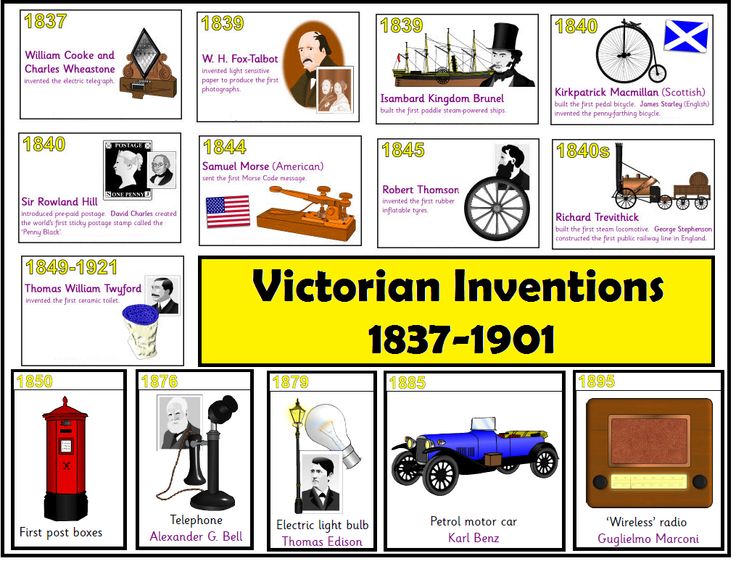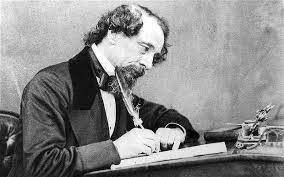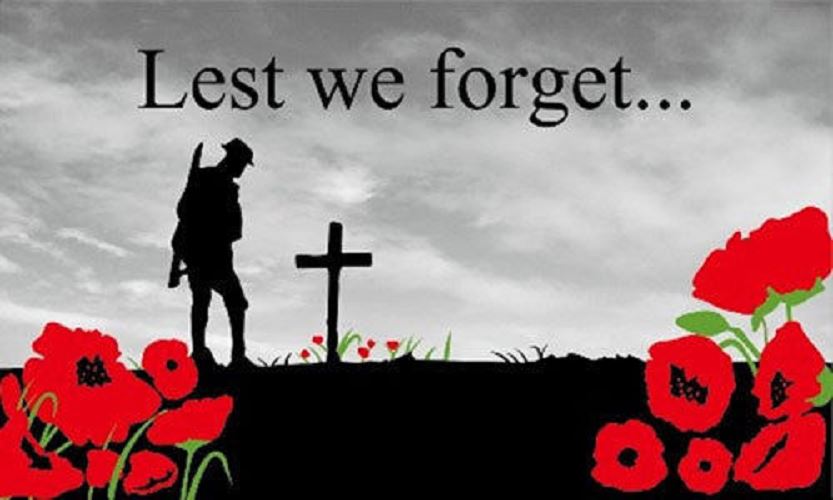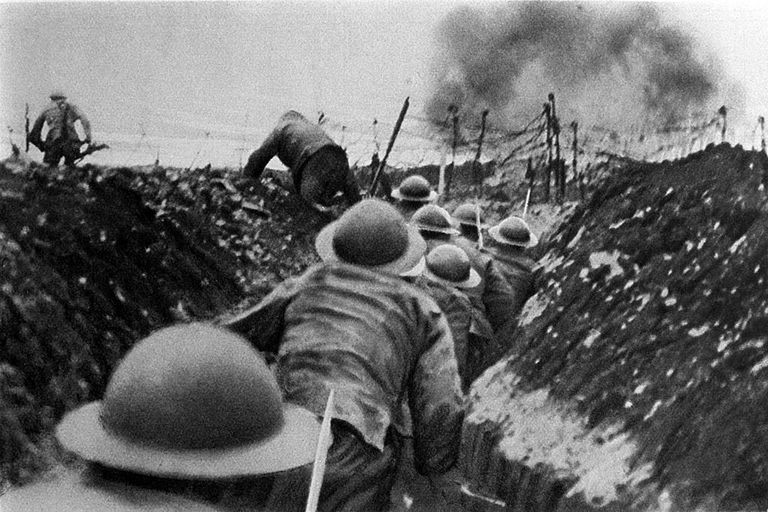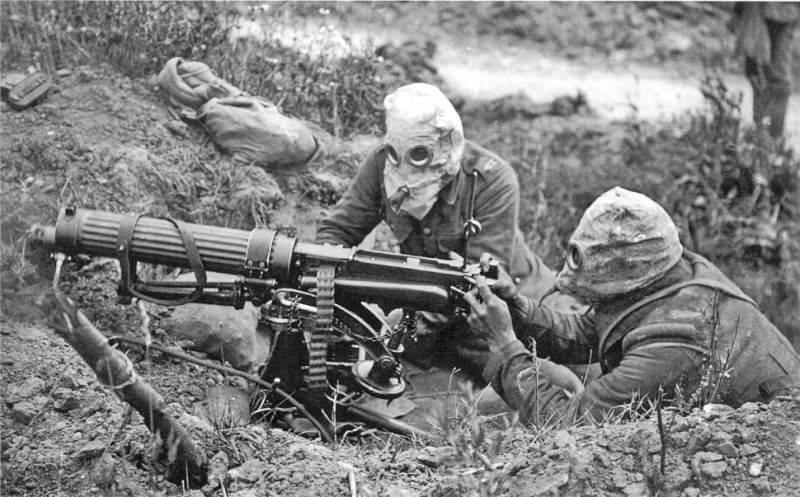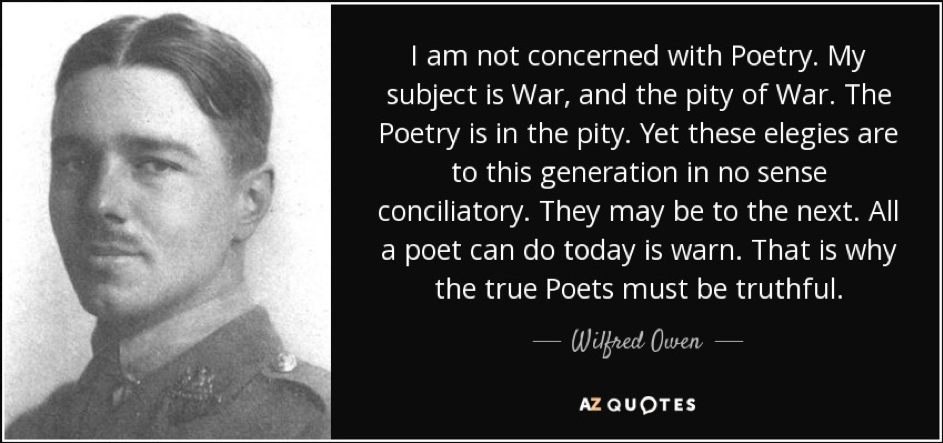Het arrangement 5 VWO - A Bird's Eye View of British Literature is gemaakt met Wikiwijs van Kennisnet. Wikiwijs is hét onderwijsplatform waar je leermiddelen zoekt, maakt en deelt.
- Auteur
- Laatst gewijzigd
- 05-07-2022 13:54:42
- Licentie
-
Dit lesmateriaal is gepubliceerd onder de Creative Commons Naamsvermelding 4.0 Internationale licentie. Dit houdt in dat je onder de voorwaarde van naamsvermelding vrij bent om:
- het werk te delen - te kopiëren, te verspreiden en door te geven via elk medium of bestandsformaat
- het werk te bewerken - te remixen, te veranderen en afgeleide werken te maken
- voor alle doeleinden, inclusief commerciële doeleinden.
Meer informatie over de CC Naamsvermelding 4.0 Internationale licentie.
Materiaal van Class activity War Poetry gemaakt door Marije de Vries.
Aanvullende informatie over dit lesmateriaal
Van dit lesmateriaal is de volgende aanvullende informatie beschikbaar:
- Toelichting
- A brief study of the development of British literature in a historic context.
- Leerniveau
- VWO 5;
- Leerinhoud en doelen
- Engels; Fictie begrijpen; Fictie interpreteren; Literatuur;
- Eindgebruiker
- leerling/student
- Moeilijkheidsgraad
- gemiddeld
Gebruikte Wikiwijs Arrangementen
Maas, Tamara. (z.d.).
5 VWO PO deel 1: A Bird's Eye View of British Literature 2021-2022
https://maken.wikiwijs.nl/180676/5_VWO_PO_deel_1__A_Bird_s_Eye_View_of_British_Literature_2021_2022

